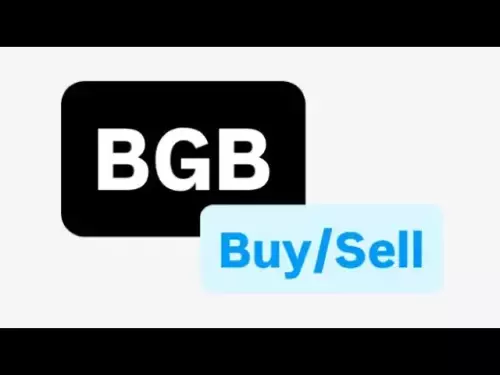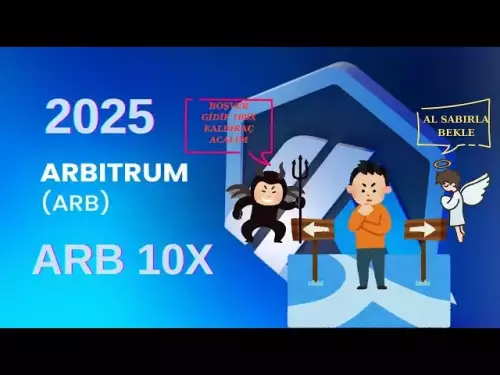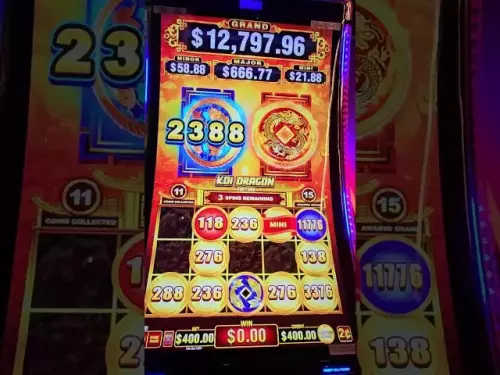-
 Bitcoin
Bitcoin $111000
1.68% -
 Ethereum
Ethereum $4289
-0.42% -
 XRP
XRP $2.830
2.60% -
 Tether USDt
Tether USDt $1.000
-0.01% -
 BNB
BNB $849.8
0.18% -
 Solana
Solana $208.0
4.92% -
 USDC
USDC $0.9999
0.00% -
 Dogecoin
Dogecoin $0.2130
1.23% -
 TRON
TRON $0.3371
0.04% -
 Cardano
Cardano $0.8289
3.22% -
 Chainlink
Chainlink $23.25
3.34% -
 Hyperliquid
Hyperliquid $44.68
3.12% -
 Ethena USDe
Ethena USDe $1.001
0.01% -
 Sui
Sui $3.318
2.93% -
 Bitcoin Cash
Bitcoin Cash $580.2
6.25% -
 Stellar
Stellar $0.3633
2.30% -
 Avalanche
Avalanche $24.40
5.43% -
 Hedera
Hedera $0.2200
3.20% -
 Cronos
Cronos $0.2739
3.94% -
 UNUS SED LEO
UNUS SED LEO $9.551
0.01% -
 Litecoin
Litecoin $111.0
1.76% -
 Toncoin
Toncoin $3.160
1.58% -
 Shiba Inu
Shiba Inu $0.00001235
2.28% -
 Polkadot
Polkadot $3.800
2.85% -
 Uniswap
Uniswap $9.501
1.73% -
 Bitget Token
Bitget Token $5.165
10.67% -
 World Liberty Financial
World Liberty Financial $0.2236
-9.69% -
 Dai
Dai $0.9998
-0.01% -
 Monero
Monero $267.2
2.64% -
 Aave
Aave $313.6
2.60%
How to understand the funding rate in Binance Futures?
The funding rate on Binance Futures aligns perpetual contract prices with spot prices, paid every 8 hours between longs and shorts based on market premium or discount.
Sep 03, 2025 at 06:00 pm
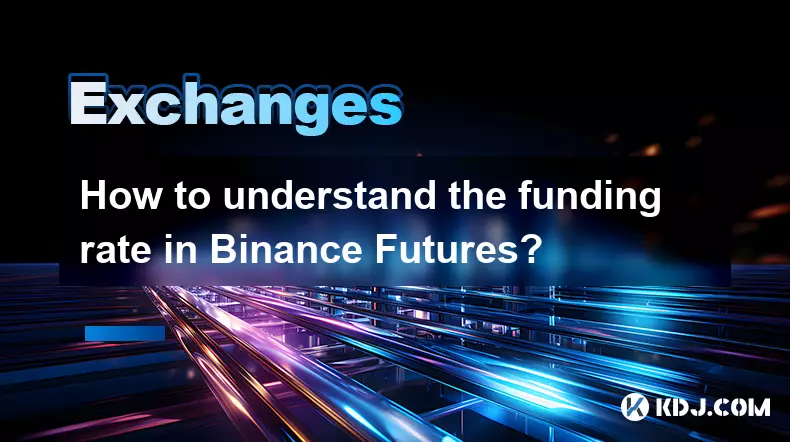
What Is Funding Rate in Binance Futures?
1. The funding rate is a mechanism used in perpetual futures contracts to align the contract price with the underlying asset’s spot price. Unlike traditional futures, perpetual contracts do not have an expiration date, so the funding rate ensures that the market price does not deviate significantly from the index price.
2. This rate is exchanged between long and short positions at regular intervals, typically every eight hours. If the funding rate is positive, longs pay shorts. If it is negative, shorts pay longs. This incentivizes traders to balance the market when the contract trades at a premium or discount to the spot price.
3. The funding rate consists of two components: the interest rate and the premium index. Binance assumes the interest rate component is close to zero, so the premium index plays a dominant role in determining the final rate.
4. Traders can view the current funding rate on Binance Futures’ interface, usually displayed as a percentage. It is essential to monitor this rate, especially for those holding positions over long durations, as recurring payments can significantly affect profitability.
How Does Funding Rate Impact Trading Strategies?
1. Traders who hold long positions in a market with a consistently positive funding rate will incur regular costs. These recurring payments can erode profits or amplify losses, particularly in range-bound or sideways markets where price movement is minimal.
2. Arbitrage opportunities arise when the funding rate is extremely high or low. Some traders open positions on the paying side and hedge on the spot market to capture the funding payment as risk-free yield. For example, if the funding rate is highly positive, a trader might go short on futures and buy the same asset in the spot market, earning the funding rate difference.
3. High-frequency traders and algorithmic systems often incorporate funding rate data into their entry and exit decisions. A sudden spike in the rate may signal over-leveraged conditions, prompting contrarian strategies or position adjustments.
4. Position sizing should account for expected funding costs. A large long position during a period of elevated funding rates could lead to substantial outflows, even if the price direction is favorable.
When and How Is Funding Rate Applied?
1. Funding is settled every eight hours on Binance Futures, specifically at 00:00 UTC, 08:00 UTC, and 16:00 UTC. At these times, the system automatically calculates and transfers funds between long and short holders based on the prevailing rate.
2. The exact funding fee is calculated using the formula: Position Notional Value × Funding Rate. This fee is deducted or added directly from or to the trader’s margin balance, depending on their position and the sign of the rate.
3. It is critical to note that funding fees are only charged if a position is held at the moment of settlement. Closing a position before the funding timestamp avoids the fee entirely. This timing consideration is frequently used by day traders to minimize costs.
4. Binance publishes the upcoming funding rate a few minutes before each settlement. Traders can use this information to anticipate the direction and magnitude of the next payment and adjust their positions accordingly.
Common Misconceptions About Funding Rate
1. Some traders believe the funding rate is a fee charged by Binance. In reality, it is a peer-to-peer transfer between traders and not a platform fee. Binance merely facilitates the transfer without taking a cut.
2. A high funding rate does not always indicate a bullish or bearish market. While positive rates often occur in rising markets, they can also reflect excessive long leverage, which may precede a sharp correction.
3. The funding rate is not the same as rollover fees in traditional finance. It is unique to perpetual swaps and serves a specific price alignment function rather than extending contract duration.
4. Monitoring only the funding rate without considering open interest and volume can lead to misleading conclusions. A high rate combined with declining open interest may suggest liquidation pressure rather than strong sentiment.
Frequently Asked Questions
How can I check the current funding rate on Binance?On the Binance Futures trading interface, locate the specific contract. The funding rate is displayed near the price chart, usually as a percentage. It updates in real time and shows both the current rate and the next estimated rate.
Does the funding rate affect my position if I use isolated margin?Yes, the funding rate applies regardless of margin mode. In isolated margin, the fee is deducted from or added to the allocated margin of that specific position. Insufficient margin may lead to liquidation if the funding fee causes the margin ratio to drop below maintenance levels.
Can the funding rate be manipulated?While individual traders might attempt to influence the rate through large orders, the mechanism is designed to reflect genuine market imbalances. The premium index component considers the difference between mark and index prices, making sustained manipulation difficult and costly.
Is the funding rate the same across all perpetual contracts on Binance?No, each perpetual contract has its own funding rate, determined by its specific market conditions. High-volatility or low-liquidity pairs often exhibit more volatile funding rates compared to major pairs like BTCUSDT or ETHUSDT.
Disclaimer:info@kdj.com
The information provided is not trading advice. kdj.com does not assume any responsibility for any investments made based on the information provided in this article. Cryptocurrencies are highly volatile and it is highly recommended that you invest with caution after thorough research!
If you believe that the content used on this website infringes your copyright, please contact us immediately (info@kdj.com) and we will delete it promptly.
- Crypto Presales in 2025: Unveiling ROI Opportunities and the Next Big List
- 2025-09-03 18:25:13
- Shiba Inu, Pepe Coin, and Remittix Presale: What's the Buzz?
- 2025-09-03 19:05:14
- XRP Price Watch: Descending Trendline Meets ETF Hopes
- 2025-09-03 18:45:12
- Epstein Files, Trump Crypto, and China's Parade: A Week in the Whirlwind
- 2025-09-03 18:45:12
- Justin Sun, DeFi, and the WLFI Move: A NYC Perspective
- 2025-09-03 19:25:15
- XRP, Gemini, and SEC Clarity: Navigating the Crypto Landscape in 2025
- 2025-09-03 19:45:12
Related knowledge
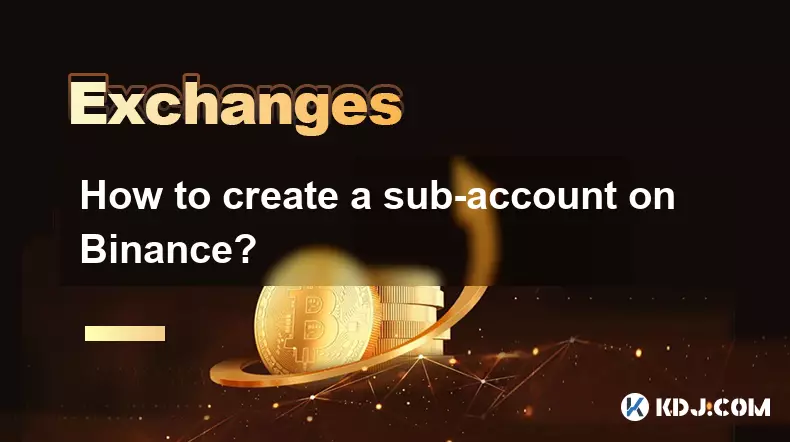
How to create a sub-account on Binance?
Sep 01,2025 at 12:36am
Accessing the Binance Sub-Account Feature1. Log in to your Binance account using your registered email and password. Ensure that two-factor authentica...
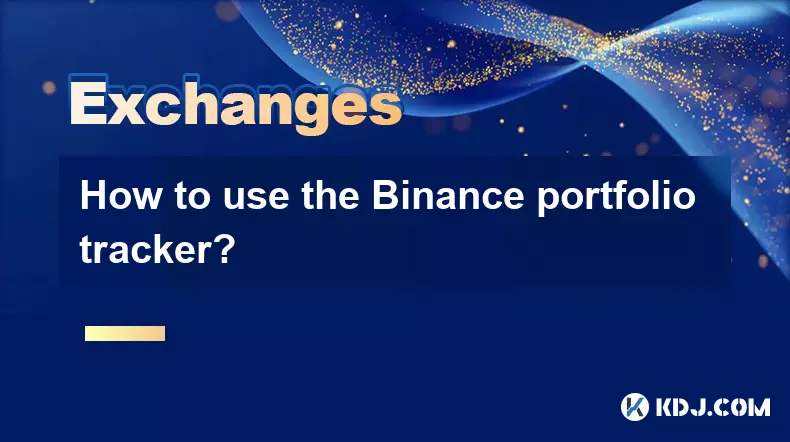
How to use the Binance portfolio tracker?
Sep 01,2025 at 01:00pm
Understanding the Binance Portfolio Tracker1. The Binance portfolio tracker is a powerful tool designed to help users monitor their cryptocurrency inv...
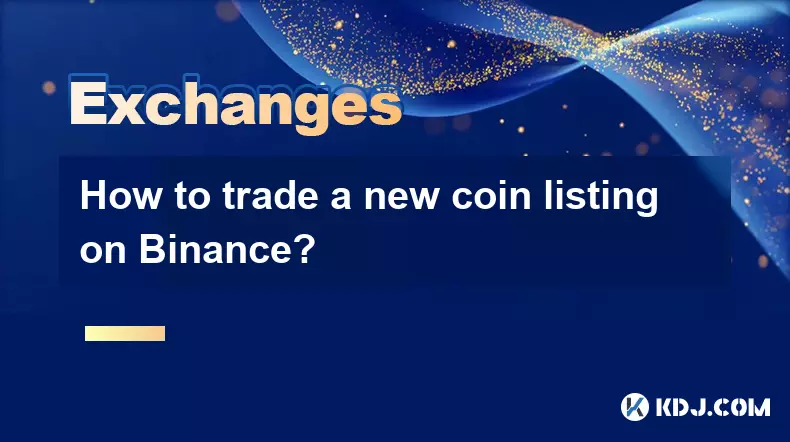
How to trade a new coin listing on Binance?
Aug 29,2025 at 11:14am
Understanding the Pre-Listing Phase1. Research the project thoroughly before any listing announcement. Whitepapers, team backgrounds, and community se...
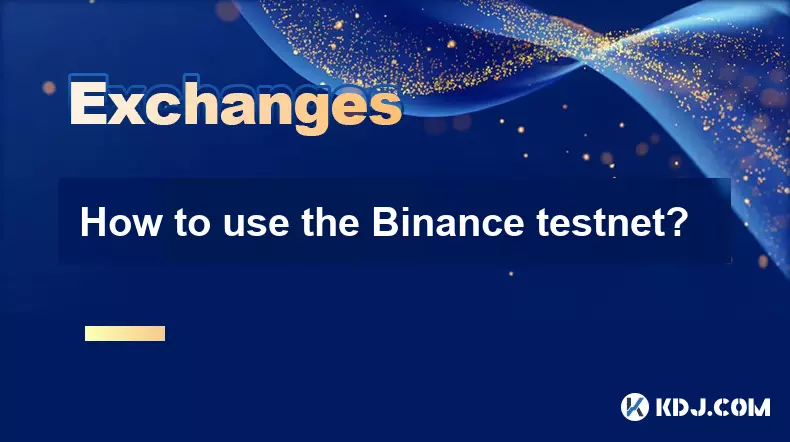
How to use the Binance testnet?
Aug 31,2025 at 02:19am
Understanding the Binance Testnet Environment1. The Binance testnet is a simulated version of the Binance Smart Chain (BSC) that allows developers and...

How to understand the funding rate in Binance Futures?
Sep 03,2025 at 06:00pm
What Is Funding Rate in Binance Futures?1. The funding rate is a mechanism used in perpetual futures contracts to align the contract price with the un...
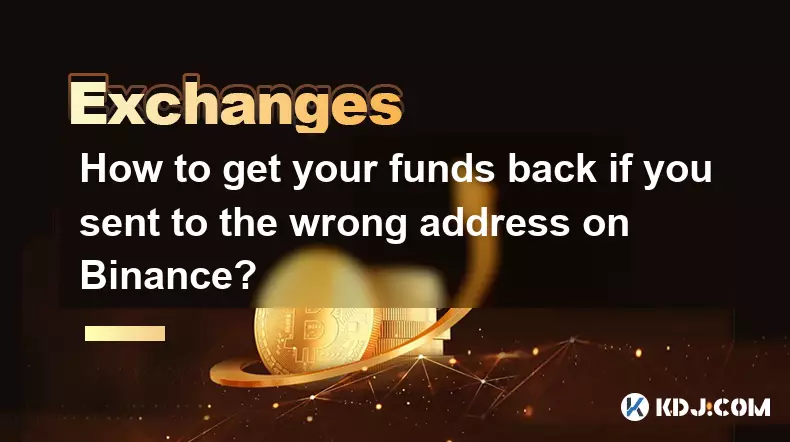
How to get your funds back if you sent to the wrong address on Binance?
Sep 02,2025 at 04:54pm
Understanding the Risks of Sending Funds to the Wrong Address1. Cryptocurrency transactions on blockchains like Bitcoin, Ethereum, and Binance Smart C...

How to create a sub-account on Binance?
Sep 01,2025 at 12:36am
Accessing the Binance Sub-Account Feature1. Log in to your Binance account using your registered email and password. Ensure that two-factor authentica...

How to use the Binance portfolio tracker?
Sep 01,2025 at 01:00pm
Understanding the Binance Portfolio Tracker1. The Binance portfolio tracker is a powerful tool designed to help users monitor their cryptocurrency inv...

How to trade a new coin listing on Binance?
Aug 29,2025 at 11:14am
Understanding the Pre-Listing Phase1. Research the project thoroughly before any listing announcement. Whitepapers, team backgrounds, and community se...

How to use the Binance testnet?
Aug 31,2025 at 02:19am
Understanding the Binance Testnet Environment1. The Binance testnet is a simulated version of the Binance Smart Chain (BSC) that allows developers and...

How to understand the funding rate in Binance Futures?
Sep 03,2025 at 06:00pm
What Is Funding Rate in Binance Futures?1. The funding rate is a mechanism used in perpetual futures contracts to align the contract price with the un...

How to get your funds back if you sent to the wrong address on Binance?
Sep 02,2025 at 04:54pm
Understanding the Risks of Sending Funds to the Wrong Address1. Cryptocurrency transactions on blockchains like Bitcoin, Ethereum, and Binance Smart C...
See all articles























